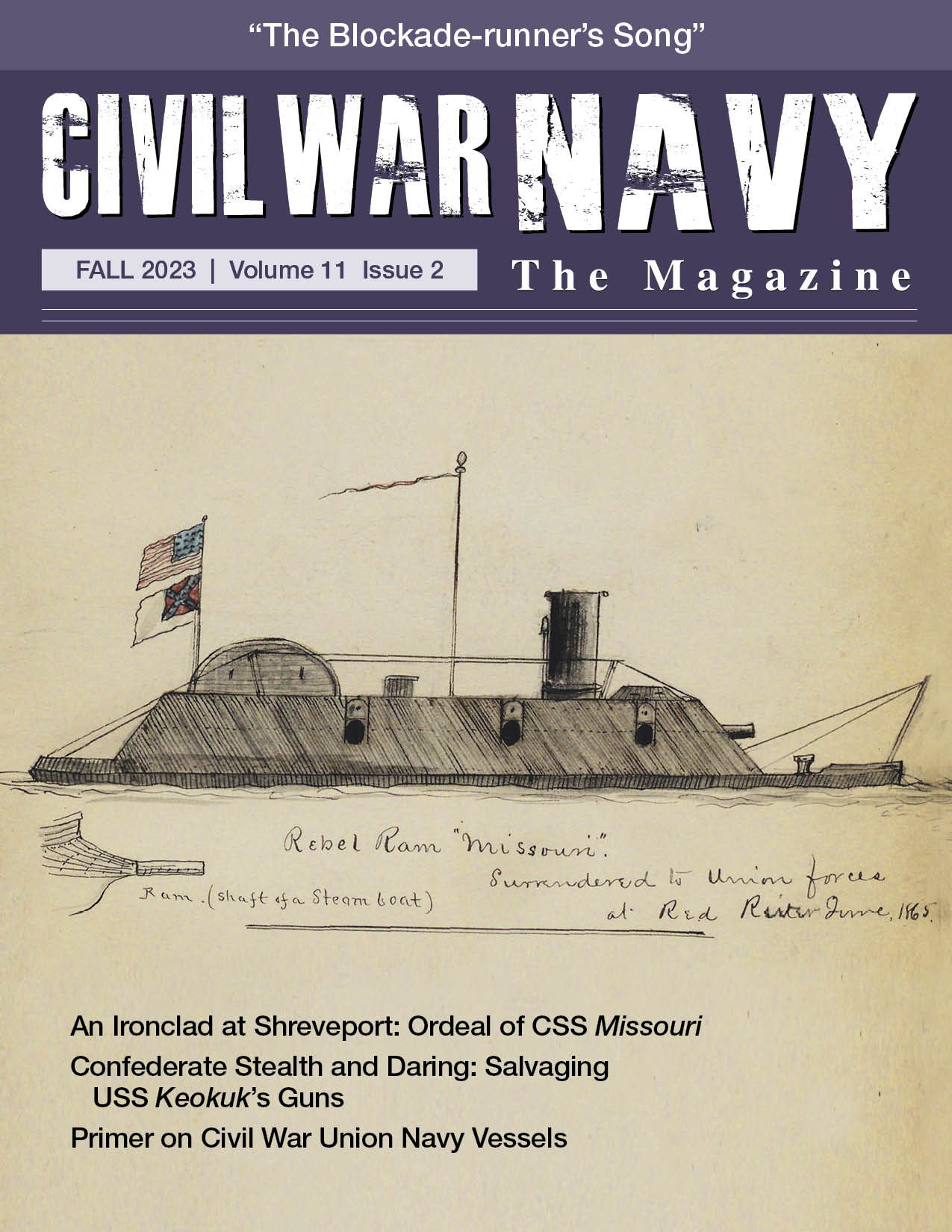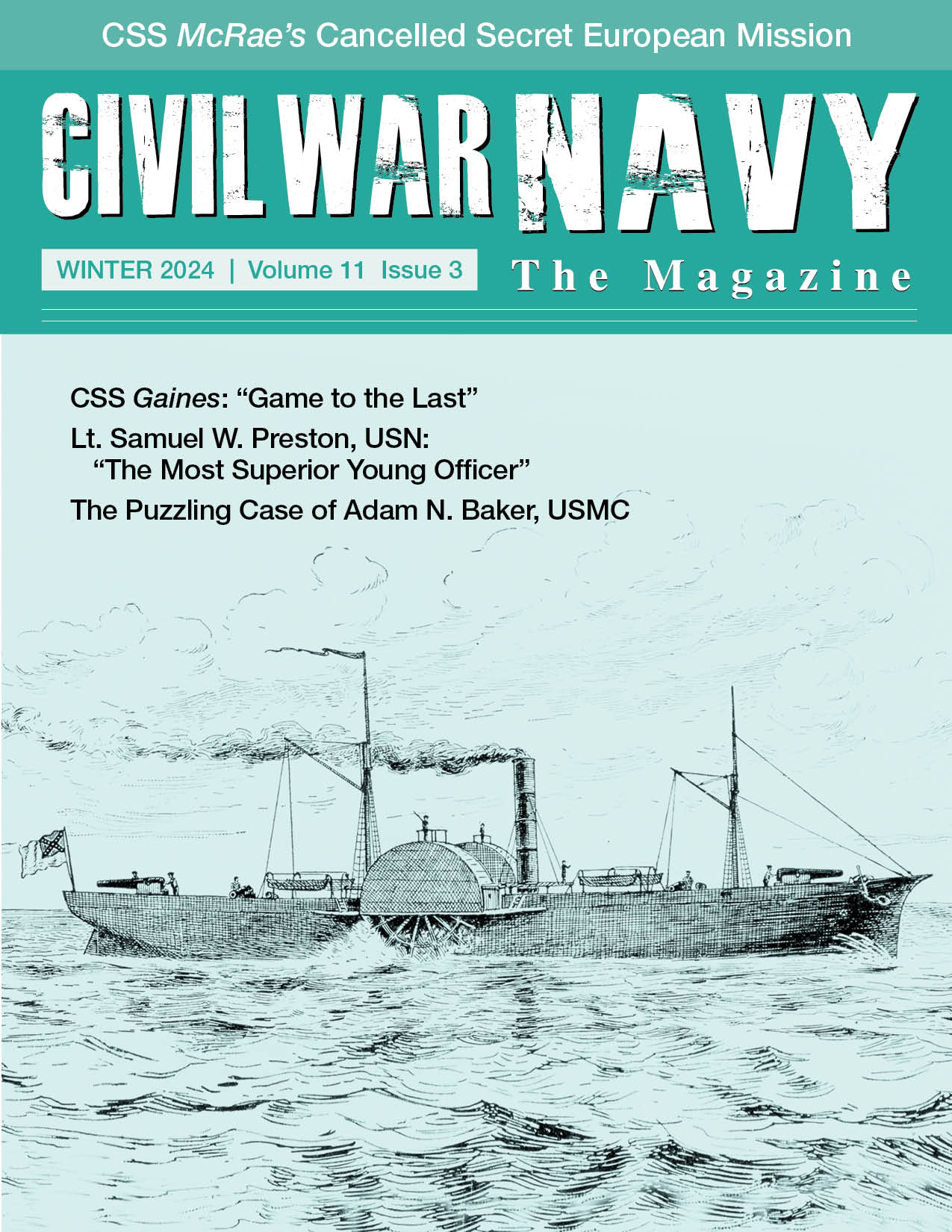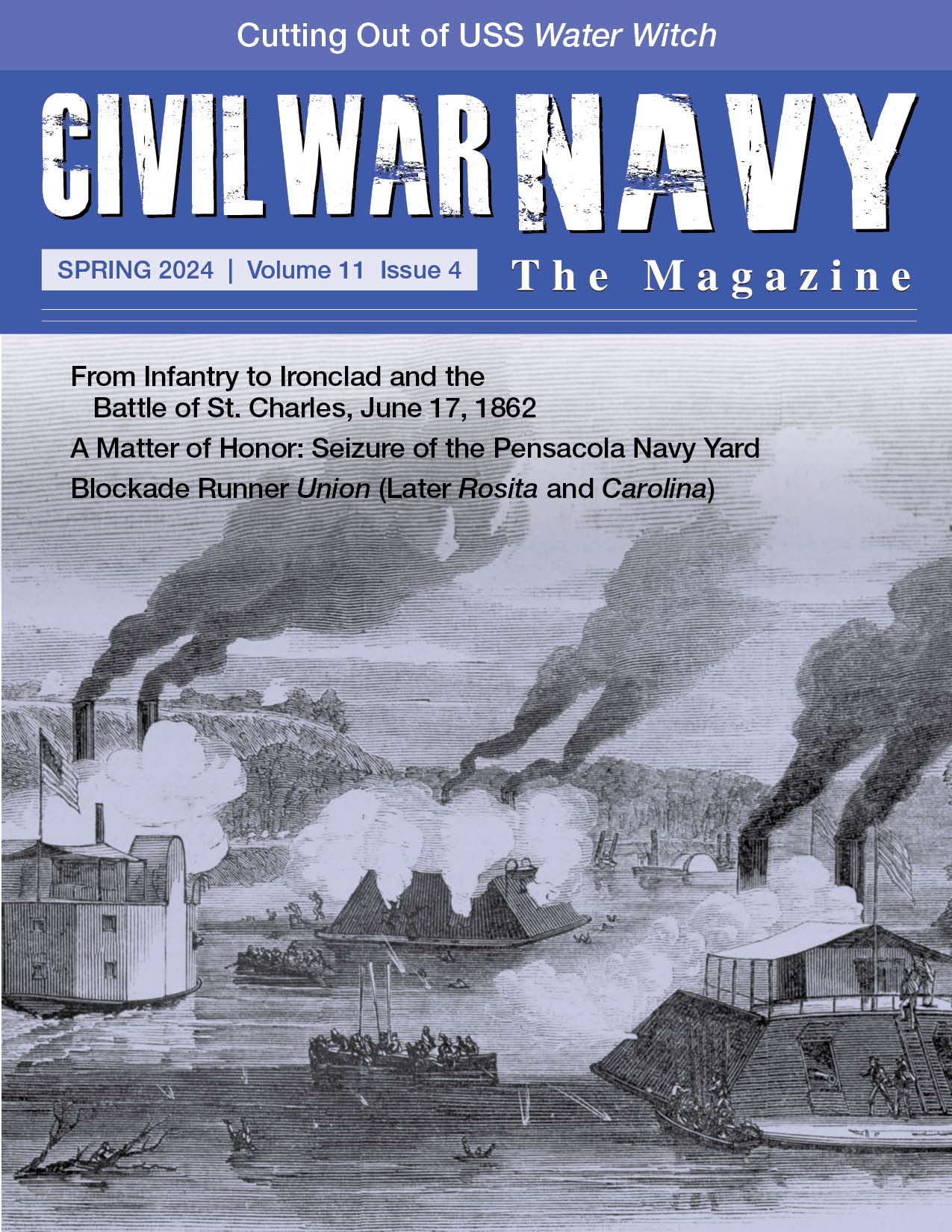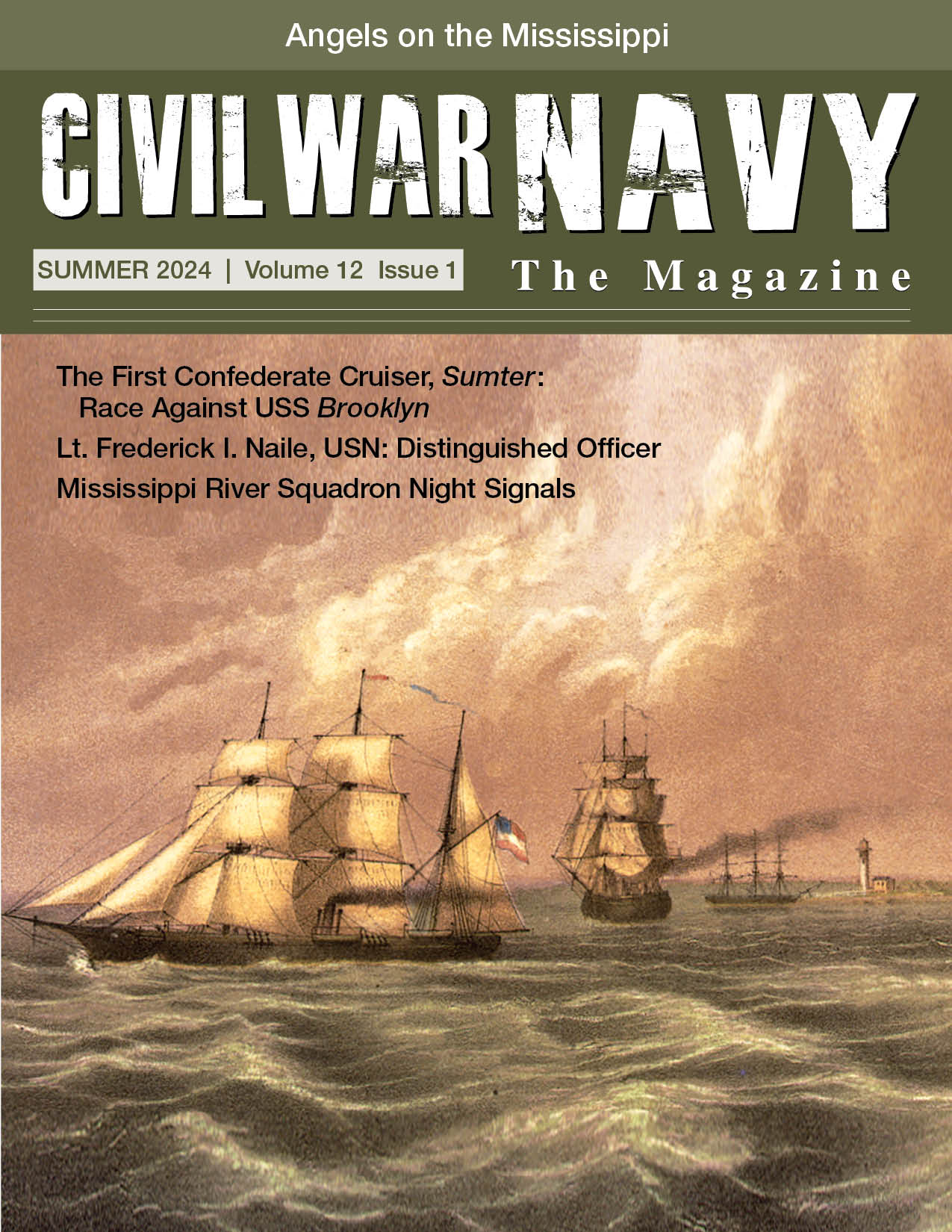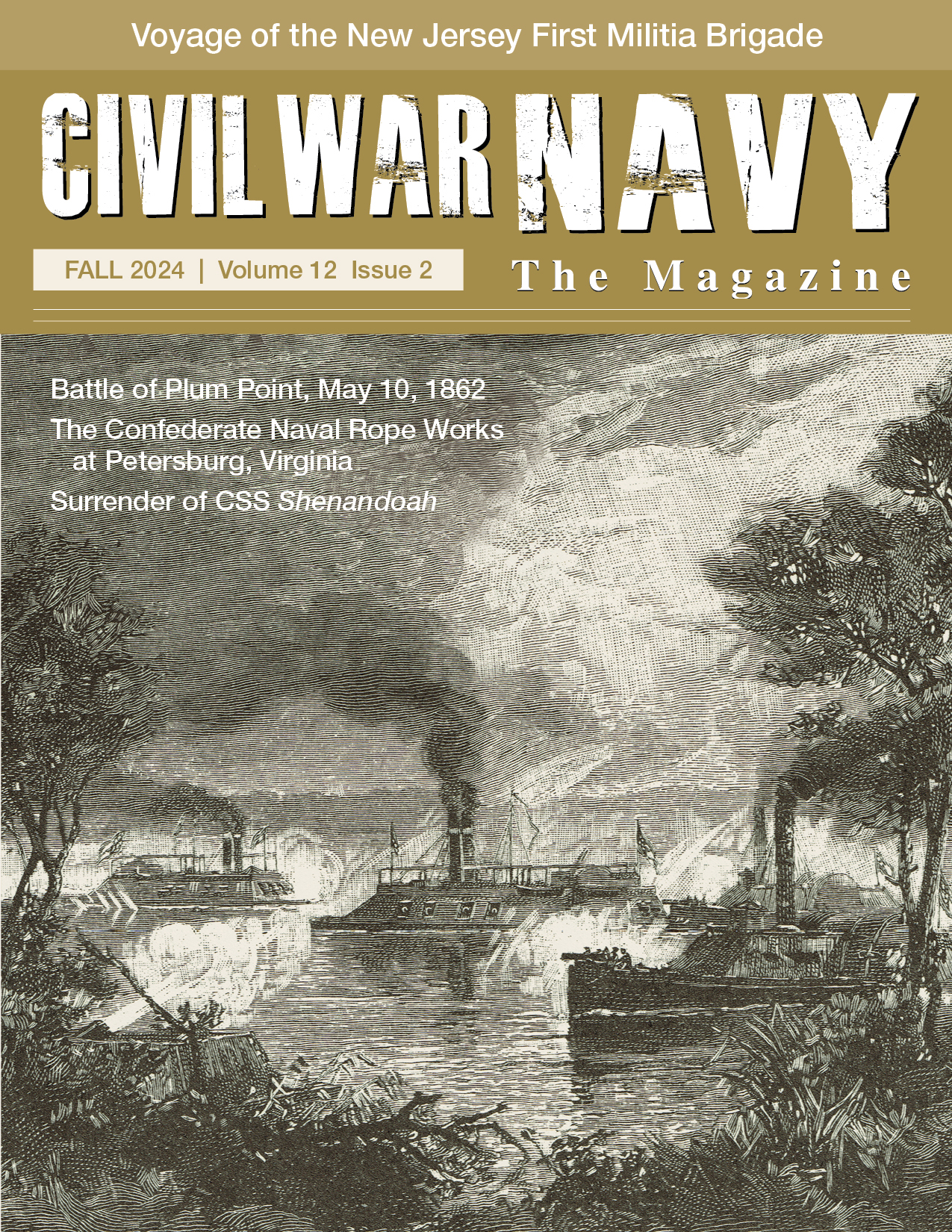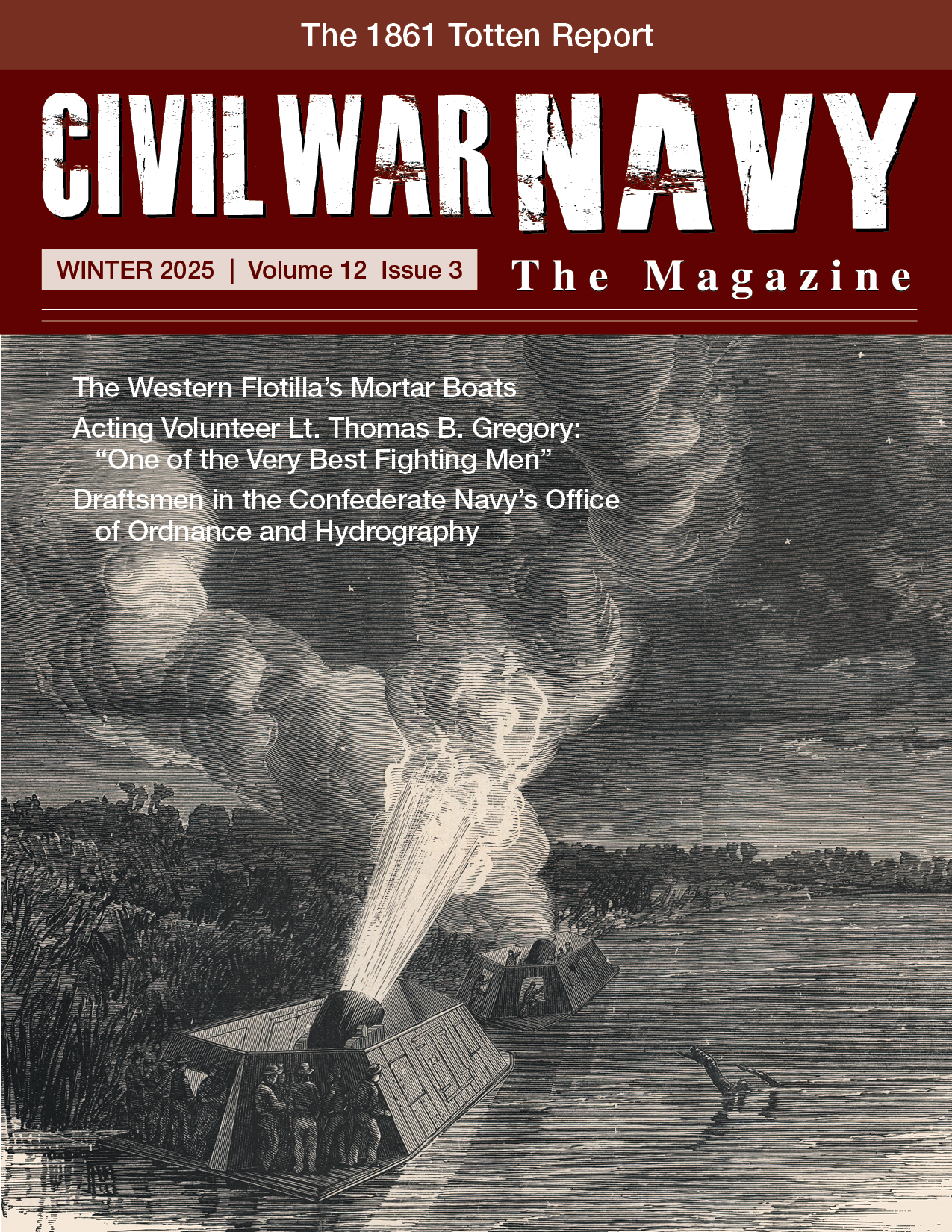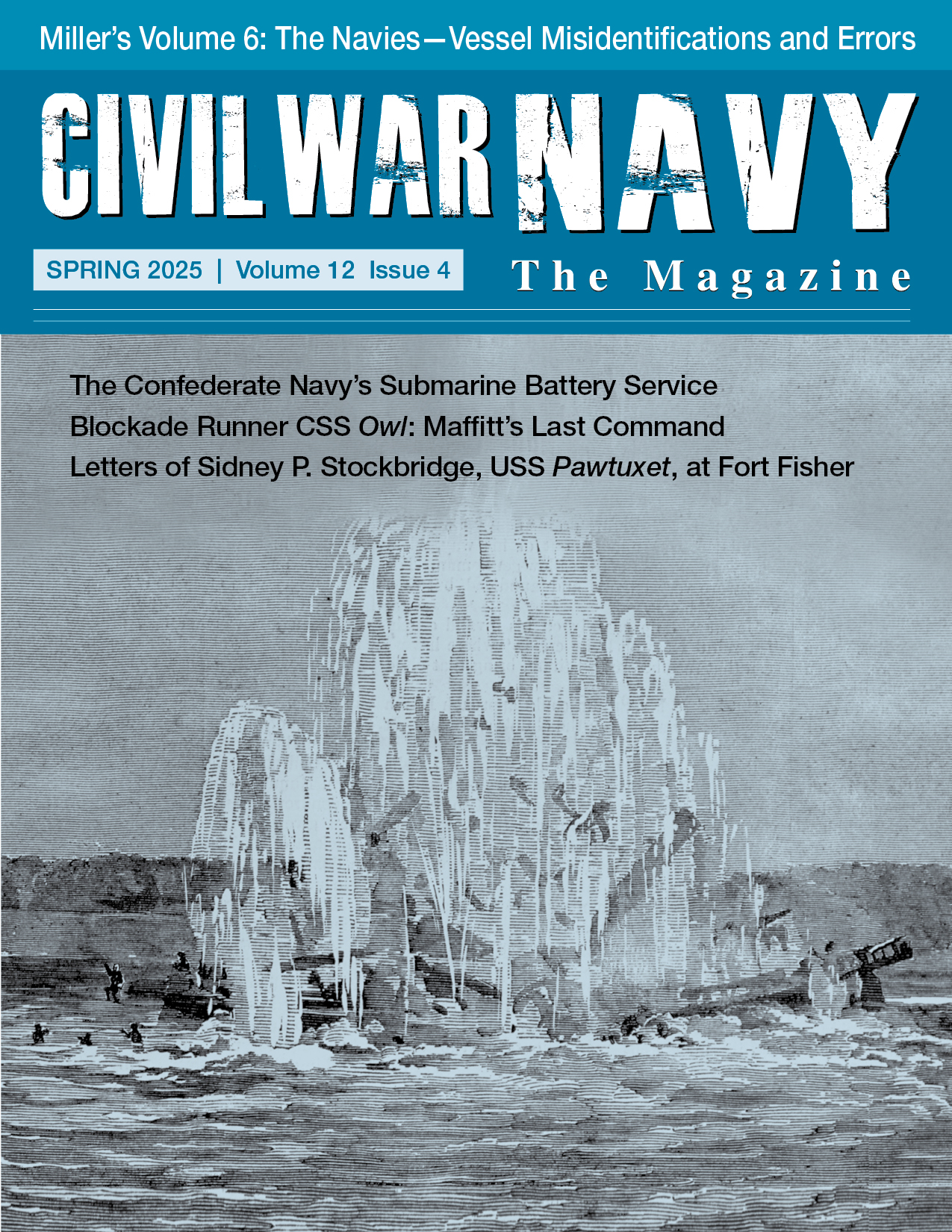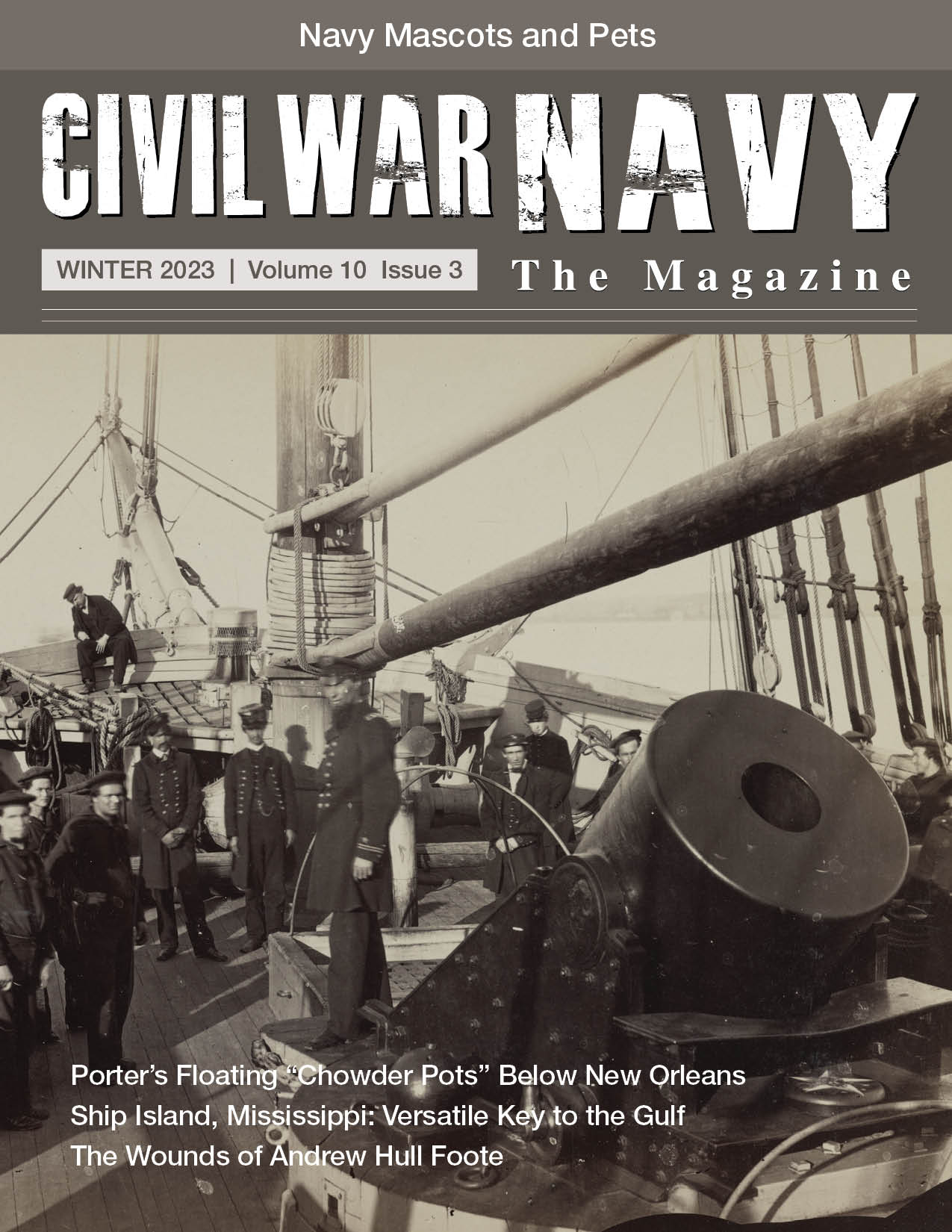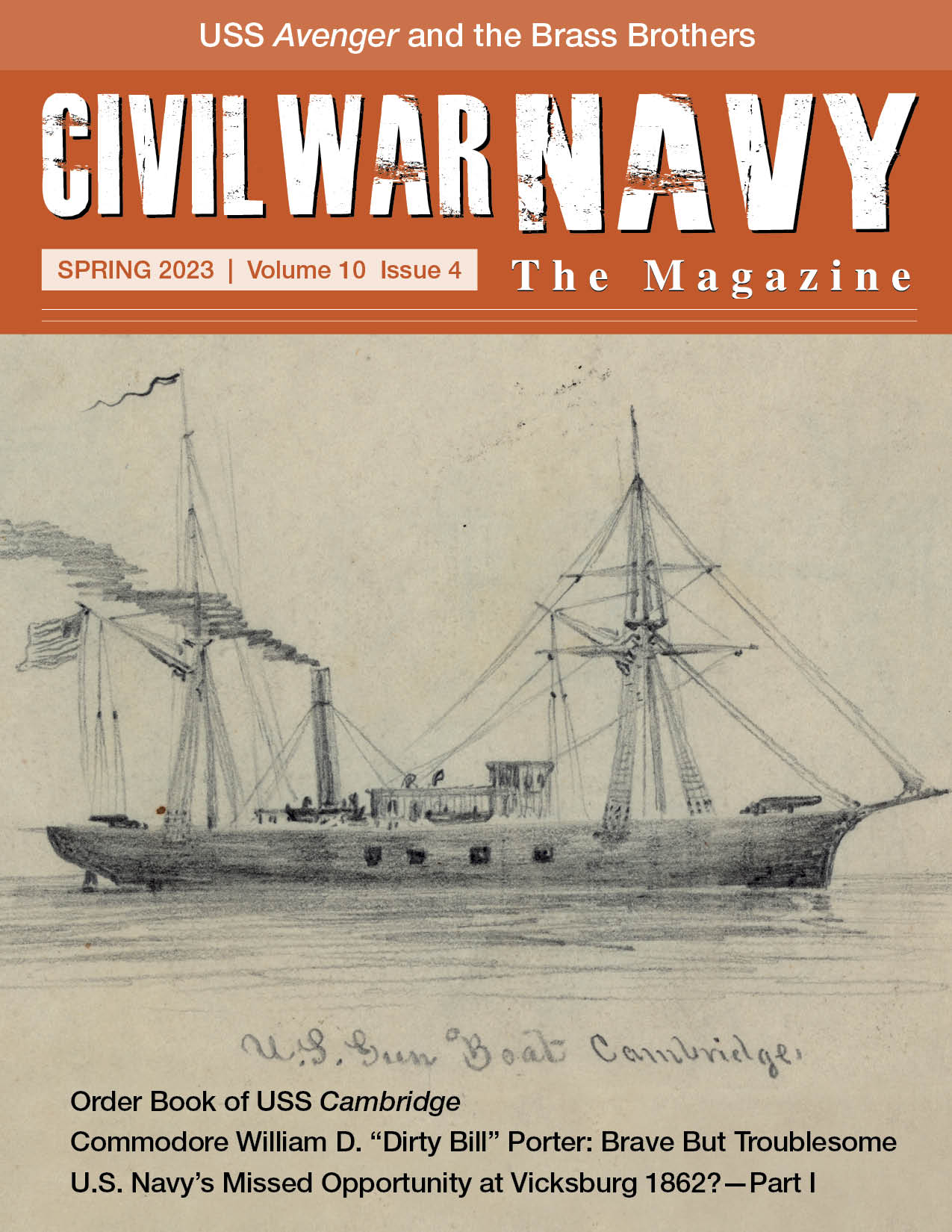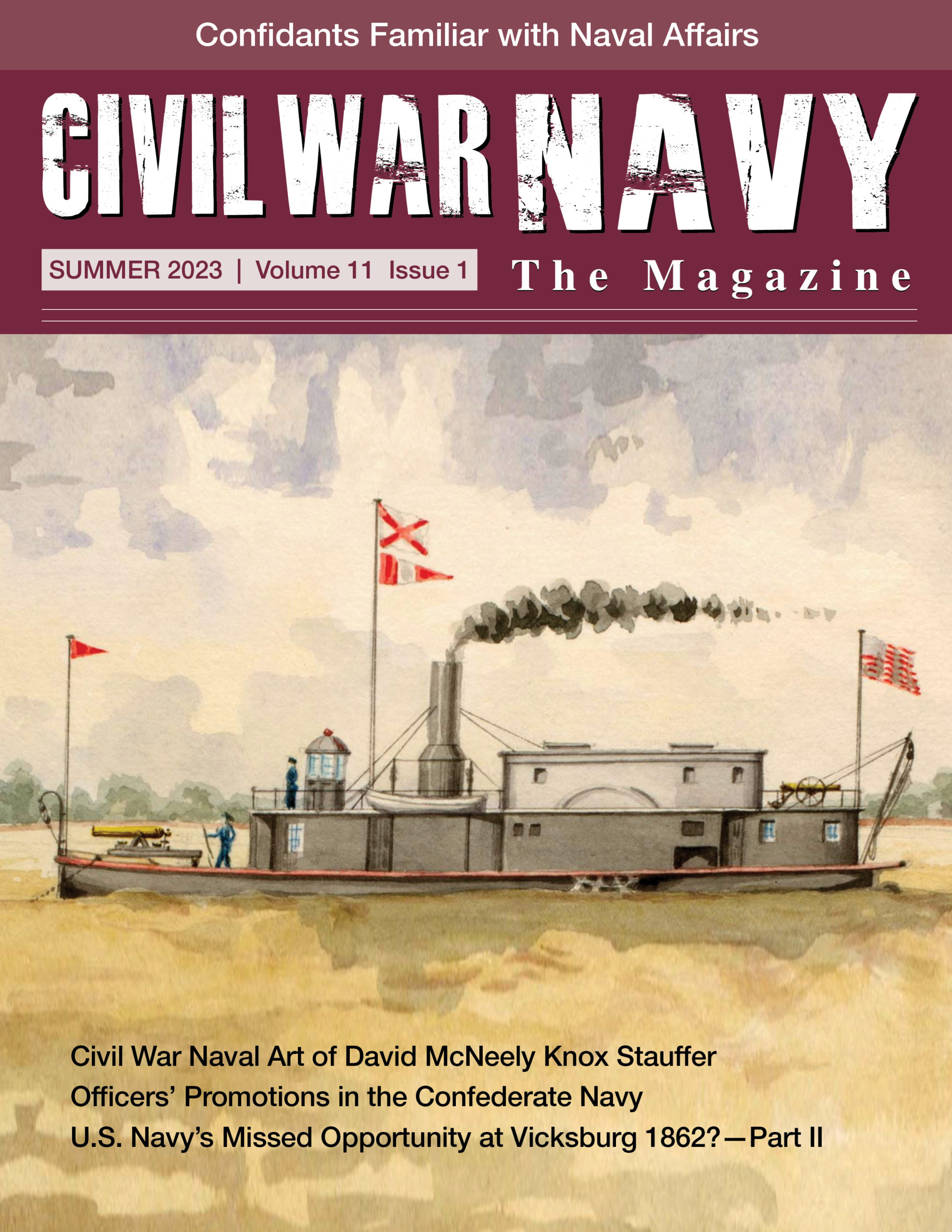Resource Spotlight: Henry Walke’s Postwar Reminiscences
By Neil P. Chatelain
The commanding officer of a warship is wholly responsible for the vessel and sailors under his command. Such responsibility requires officers with unparalleled attention to detail, a trait that benefitted postwar examinations of Civil War fighting by vessel commanders. One such naval officer was Henry Walke, who in 1862, commanded USS Carondelet, a city-class ironclad campaigning down the Mississippi River that was famous for passing batteries at Island Number 10 and for battling against the Confederate ironclad Arkansas. Walke’s postwar Naval Scenes and Reminiscences of the Civil War in the United States, published in 1877 before major printing of wartime records commenced, provided one of the first examinations of U.S. river operations by naval forces in the war.
Walke’s reminiscences are unique among the abundant supply of postwar military and naval memoirs. When discussing campaigns he participated in, Walke frequently merged his own firsthand accounts with corroborating battlefield reports and accounts of others. In parts of his writing, discussing areas where he was not present, Walke instead used published reports of others to paint a picture of what occurred. Unlike most memoirs, which frequently sought to glorify the author, Walke instead intended to produce a clearer overview of these naval battles by corroborating his own experiences with the writings of others.
Of particular note is Walke’s chapter on the 1862 naval Battle of Memphis, where the U.S. Navy’s city-class ironclads and the U.S. Ram Fleet defeated elements of the Confederate River Defense Fleet. It begins with Walke’s personal recollections of USS Carondelet’s participation in the battle, as well as an overview of the fighting by the other U.S. warships. Amid this account are numerous maps, which despite often losing clarity in digitized scans of the book, provide a detailed timeline of the battle. Following Walke’s account are a pair of post-battle reports from other U.S. commanders and several more accounts from news reporters, including one printed in a Confederate newspaper to provide what Walke insisted was “justice to both sides” (p 287). The chapter closes with a detailed order of battle of the U.S. ironclads and Confederate River Defense Fleet vessels involved in the battle.
Ultimately, Walke’s Naval Scenes and Reminiscences is a hybrid memoir and early collection of reports and sources on Civil War riverine operations. Anyone seeking firsthand accounts of these battles, especially those involving city-class ironclads in the war’s opening half should ensure that his book is among those consulted.
To learn more about how U.S. naval forces defeated the Confederate River Defense Fleet at Memphis, read Edward B. McCaul, Jr.’s article “Naval Battle of Memphis, June 6, 1862” in the Fall 2021 issue of Civil War Navy—The Magazine.
Captain Henry Walke, USN, circa 1863-1866.
NH 66752 courtesy of Naval History and Heritage Command.
Edward B. McCaul’s article “Naval Battle of Memphis, June 6, 1862” in the Fall 2021 issue
of Civil War Navy—The Magazine.



